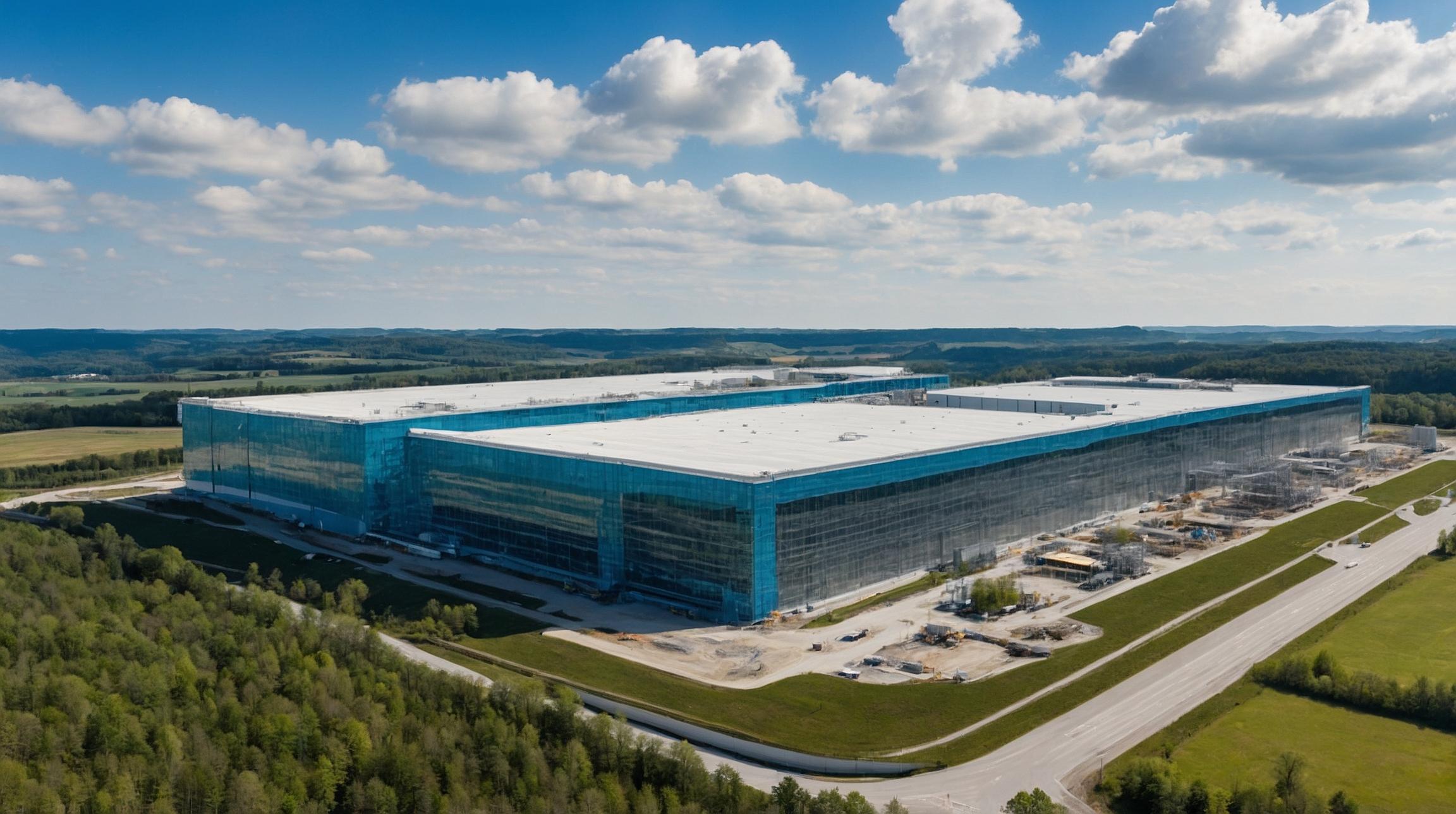Kroger Reports Modest Growth: What You Should Know
Kroger Co. has shared its first-quarter results for 2024, showing a small increase in same-store sales and notable growth in online and delivery sales. Despite economic challenges, Kroger is optimistic about its strategic plans and its upcoming merger with Albertsons.
Contents
Key Points
Sales and Growth
- Identical Sales Increase: Kroger's sales in the same stores went up by 0.5% (excluding fuel). A same-store sale means comparing sales in stores that have been open for at least a year.
- Digital Sales Boost: Online sales jumped by over 8%. This includes purchases made through Kroger's website or mobile app.
- Delivery Expansion: Deliveries grew by 17%. Kroger is working hard to make delivery services better for customers.
Financial Health
- Operating Profit: Kroger made an operating profit of $1.499 billion.
- Earnings: The Adjusted Earnings Per Share (EPS) saw a small drop.
- Debt and EBITDA: Kroger's ratio of net debt to EBITDA (Earnings Before Interest, Taxes, Depreciation, and Amortization) is 1.25, showing strong financial stability. Think of this as the company having good control over its finances.
Investments and Sales
- Capital Projects: Kroger is spending money on important projects to grow its business.
- Pharmacy Business Sold: They sold their Specialty Pharmacy business to focus on other areas.
Outlook and Optimism
- Same or Slightly Higher OG&A: Operating, General, and Administrative expenses are expected to be similar or a bit higher in the second quarter but improve later in the year.
- Merger with Albertsons: Kroger is optimistic about benefits from merging with Albertsons, another major supermarket chain.
Future Plans
- Digital Growth: Kroger plans to keep enhancing its online presence and offerings like Ready To Heat and Ready To Eat meals.
- Health & Wellness: This segment is showing growth, with continued efforts to attract new patients.
- Store Experience: Improving the in-store shopping experience is a key focus.
Challenges
- Drop in EPS: Earnings Per Share (EPS) fell by $0.05 compared to last year.
- Fuel Margins: Profits from fuel sales weren't as high as expected.
- Pharmacy Pressures: The pharmacy business is expected to face challenges in the near term.
Positive Highlights
- Fuel Rewards: The fuel rewards program saw more redemptions, helping fuel sales do better than the industry average.
- Pay and Benefits: Kroger's investment in its workers led to an average pay rate of $19 per hour, nearly $25 with benefits.
- Cash Flow: Strong free cash flow allows Kroger to reduce debt and prepare for the Albertsons merger.
Missed Targets
- Pharmacy and Fuel Challenges: Despite efforts, issues in these areas persist.
- Flat Gross Margin: The gross margin (difference between sales and the cost of goods sold) is expected to stay flat.
Questions and Answers
- Promotional Efforts: There's a focus on attracting price-sensitive customers through promotions and the Smart Way brand.
- Inflation and Sales Goals: Kroger expects moderate inflation and aims for 2-4% same-store sales growth in the second half of 2024.
- Financial Strategy: Maintaining a good credit rating and using cash flow wisely are key parts of the plan.
Conclusion
Kroger's first-quarter results show a company managing well despite economic bumps. Emphasis on digital sales, customer satisfaction, and efficient operations point towards future growth. The Albertsons merger is seen as a big opportunity for further success.
Full Highlights
- Resiliency: Despite issues in pharmacy and fuel, Kroger remains strong.
- Digital and Store Performance: Positive results in digital sales and store experiences.
- Investments: Investing in employees and projects to keep the growth momentum.
- Merger Benefits: The Albertsons merger promises new chances for growth and value creation.













